Summary
An Introduction to Polovtsian Babas
The Polovtsian Babas, also known as stone babas or kurgan stelae, are a mysterious collection of anthropomorphic stone statues. They date back to the medieval period, standing as intriguing remnants of the Cumans’ or Polovtsy’s historical presence in Eurasia. The statues feature human-like figures, often depicted with facial features and ornaments, symbolizing historical and cultural narratives. Erected primarily in the steppes of Ukraine and southern Russia, these enigmatic figures captivate historians and tourists alike. They reveal insights into the artistry, beliefs, and societal structure of the nomadic tribes that once flourished in these lands.
Get your dose of History via Email
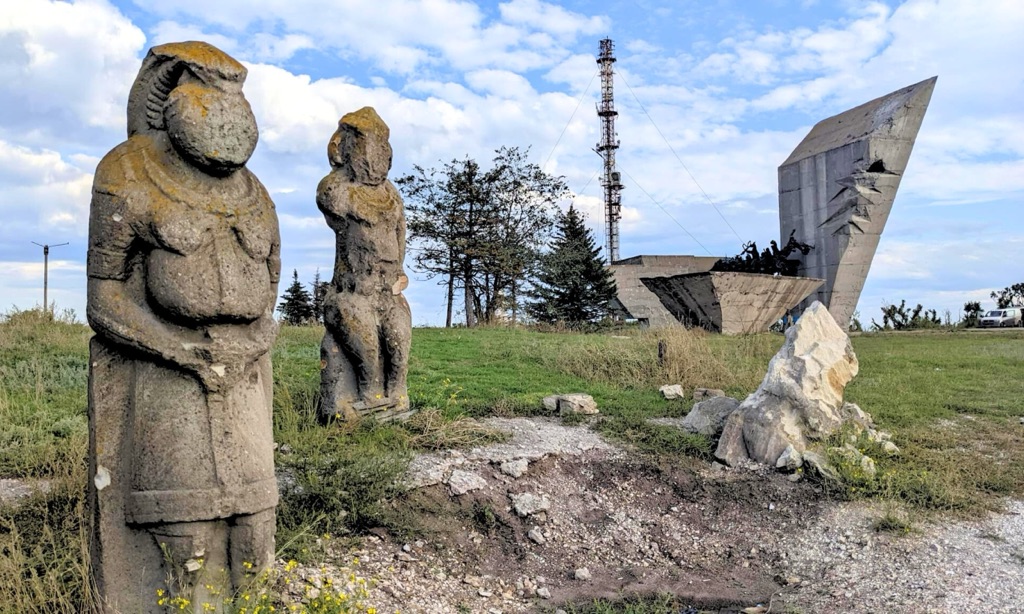
Cultural Significance and Interpretations
Polovtsian Babas hold significant cultural and historic value, forming a crucial part of the region’s heritage. Researchers interpret the statues as symbolic guardians of kurgans, serving both as memorials and territory markers. They provide a tangible connection to the spiritual world of the Polovtsian people, reflecting their craftsmanship and religious practices. The intricate detailing and distinct styles of the babas offer a unique window into the attire, weaponry, and status of individuals during that era, highlighting their standing within the tribe and society at large.
Preservation Efforts and Tourism
The conservation of Polovtsian Babas has become a priority, as these relics face threats from erosion and vandalism. Preservation initiatives aim to maintain their integrity, enabling future generations to explore these historical treasures. As envoys of the past, the statues have the potential to bolster local tourism, inviting explorers and enthusiasts to venture into the heart of ancient nomadic civilizations. By visiting these captivating monoliths, one can embark on a journey through time, experiencing the enduring legacy of the Polovtsian people.
Historical Background of Polovtsian Babas
The Origins and Significance
The Polovtsian Babas, intriguing stone figures from the past, stand tall in history’s shadow. These stone sentinels, with origins reaching back to the 9th century, bear silent testimony to the nomadic Cumans of Eastern Europe. Dotted across the grasslands of Ukraine, Russia, and Central Asia, they serve as markers of graves or territorial boundaries. Intricately carved, each figure tells a story of the Polovtsian tribes, their social hierarchy, and cultural might. Far more than mere stone, they embody the spirit and legacy of a people whose history might otherwise be lost.
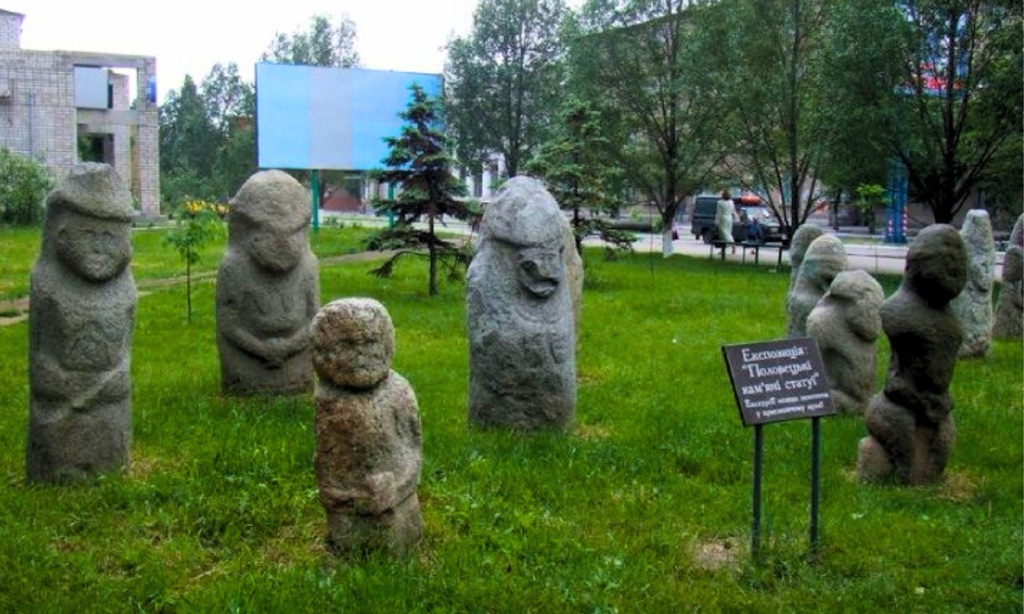
The Artistry and Depictions
Looking closer at a Polovtsian Baba, one observes more than an imposing stone monolith. Masters carved features and clothing with striking detail, showcasing the artistry of their creators. Warriors wear belts, and chieftains adorn tunics, each etching contributing to a narrative. The depictions were not solely for ornamentation but also to denote status and accomplishments. These sculptures were a means to immortalize the elite, forever capturing their visage in the annals of time.
The Polovtsian Babas in Myth and Folklore
Wrapped in mystery, Polovtsian Babas have stirred the imagination for generations. Myths have intertwined with their stone forms, as folklore spins tales of magical properties and ancient curses. They whisper of a turbulent era, where tribes roamed and battled under the wide, open skies. Babas, as legends recount, are remnants of a time when the line between the earthly realm and the spiritual was a mere thread, and these effigies were the weavers of that thread.
As years passed, the function of these stelae reached beyond the graves they marked. They became waypoints for travelers and tales for village elders to share beneath starlit skies. Even in disrepair, broken by time’s relentless march, their hold on history remains steadfast. Each statue, each carving, offers a clue to the lives of those who once claimed these steppes as home.
Today’s efforts to preserve Polovtsian Babas strike a chord in our collective responsibility to our heritage. They prompt the study and appreciation of these monuments, drawing archaeologists and historians to their enduring enigma. As protectors of history, the babas remind us that the past is a mosaic, with each piece vital to viewing the picture whole. Their silent vigil continues as we, the living, ensure their survival and the continued unraveling of their tales.
The Discovery of Polovtsian Babas
Initial Findings
The initial discovery of Polovtsian Babas unfurled as early artifacts surfaced in Eastern Europe. Local farmers often stumbled upon these statues while plowing fields. This accidental unearthing led to a heightened interest among scholars and explorers. Notably, amateur archeologists began recording these findings in the 18th century. They cataloged the stelae’s locations and features, guarding their historical value.
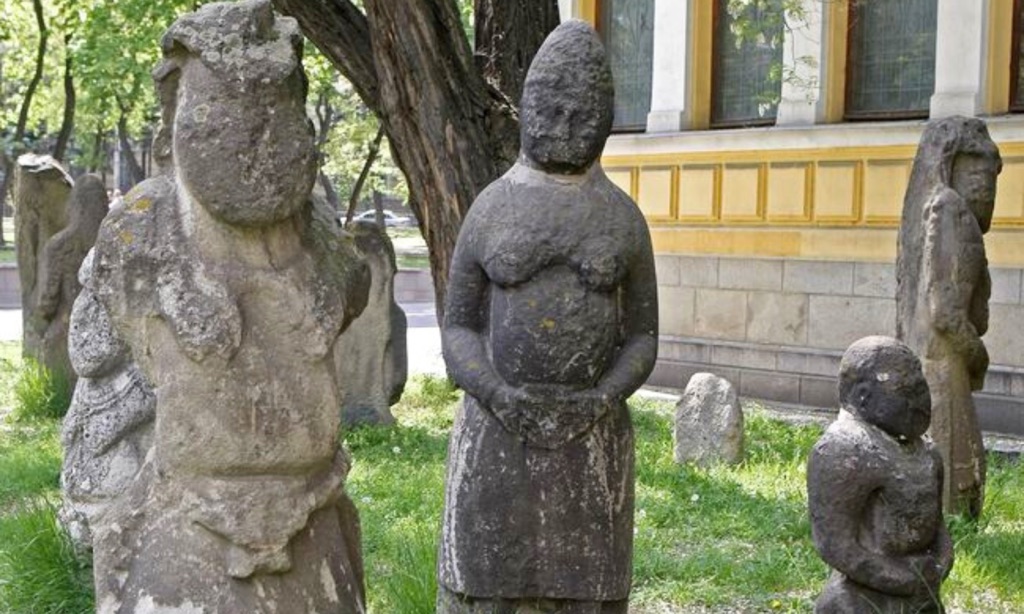
Archaeological Interest Peaks
Interest piqued dramatically in the 20th century when archaeologists recognized the statues’ cultural significance. They launched expeditions to the steppe region. These missions aimed to locate, study, and preserve the statues. They sought to understand the Polovtsian tribes’ lifestyle and beliefs. In the process, they drew public attention to these historical gems.
The Role of Historians and Ethnographers
Historians and ethnographers played a pivotal role in documenting the Polovtsian Babas. They pieced together historical narratives based on the inscriptions and symbols found on the stone figures. This research shed light on the babas’ purpose and the customs of the societies that crafted them. They, thereby, connected the modern world with a civilization long gone.
As the world took notice, museums and historical societies began to collect Polovtsian Babas. They aimed to protect them from the natural elements and human interference. The statues have since become showcased artifacts in cultural institutions, ensuring their survival. This has enabled broader studies by historians and archaeologists alike.
Today, Polovtsian Babas grace the fields of Eastern Europe as enigmatic markers of a bygone era. They attract scores of visitors each year. As researchers continue to unlock their secrets, the discovery of each new baba adds a chapter to the continuing story of the ancient Polovtsian tribes. These silent stone figures still have much to tell those who will listen.
Cultural Significance, Dating methods, Theories and Interpretations
The Cultural Tapestry
The Polovtsian Babas are not just stone figures; they carry the weight of immense cultural significance. These statues are records of the Cumans or Polovtsy, fiercely independent tribes that roamed Eurasia. Their distinct features mirror the customs, attire, and ranks within the tribe, providing us with a frozen glimpse into their world. The babas mark territories and honor the dead, serving as both cultural and spiritual symbols. They resonate with the identity of the Polovtsy people, illustrating a rich past interwoven with tradition and reverence for their ancestors.
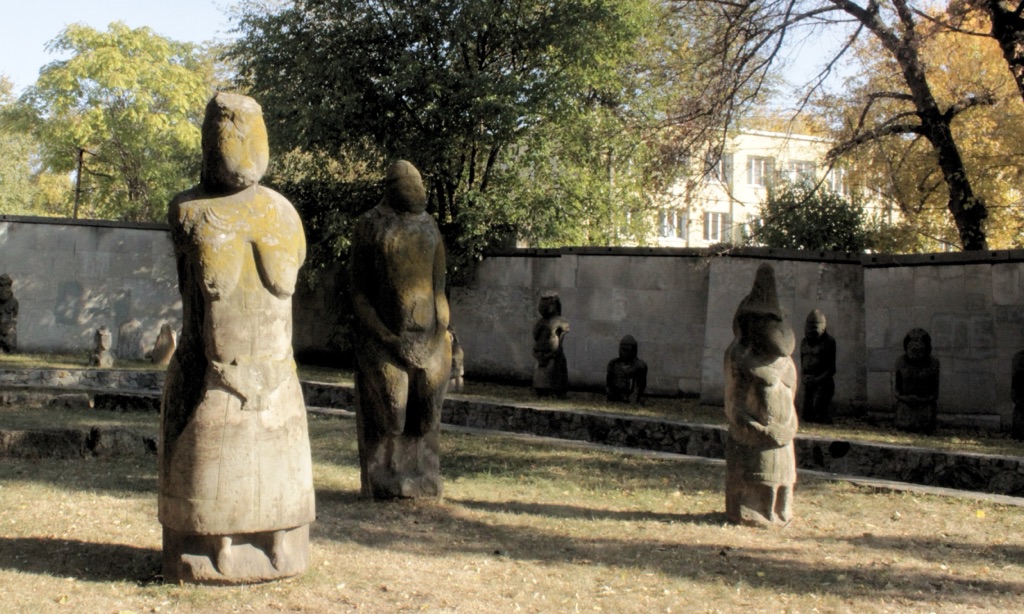
Dating the Enigmatic Stones
Unraveling the age of Polovtsian Babas involves intricate dating methods. Experts use radiocarbon dating on organic materials found in the vicinity of the babas to estimate their age. This technique has placed some of the statues between the 9th and 13th centuries. Scholars also employ typological studies, comparing the babas’ stylistic features with other artifacts from known periods. Though precise dating remains challenging, these methods shed light on the time when the Polovtsian tribes etched their legacy into the stone.
Theories and Mysteries Unveiled
Several theories about Polovtsian Babas continue to captivate scholars. Some suggest these statues were ancient signposts, guiding nomadic tribes across the vast steppes. Others believe they were manifestations of pagan rituals, hence their enigmatic postures and expressions. Debate also surrounds the babas, as to whether they were exclusive to the elite or more widely used within the tribe. Despite the abundance of theories, the true intent behind the creation of these babas remains partially concealed, shrouded in the mists of history.
Diverse interpretations stem from the myriad of features unique to each baba. Facial expressions, ornaments, and postures open a dialogue on the social structure of the Polovtsian tribes. The presence of weapons and headdresses on certain babas has led to speculations regarding the role of warfare and status in their society. These interpretations enhance our understanding but are continually refined with each new discovery and scholarly insight.
As research progresses, Polovtsian Babas maintain their allure, keeping historians and archaeologists on a quest for knowledge. Every theory adds a layer to our comprehensive grasp of these historical sentinels. Their silent forms, against the backdrop of the Eurasian steppe, invite passersby to ponder the vast stretches of history they have weathered. It is through ongoing study and interpretation that the Polovtsian Babas will continue to offer their stories, keeping the embers of a bygone civilization alight in our collective memory.
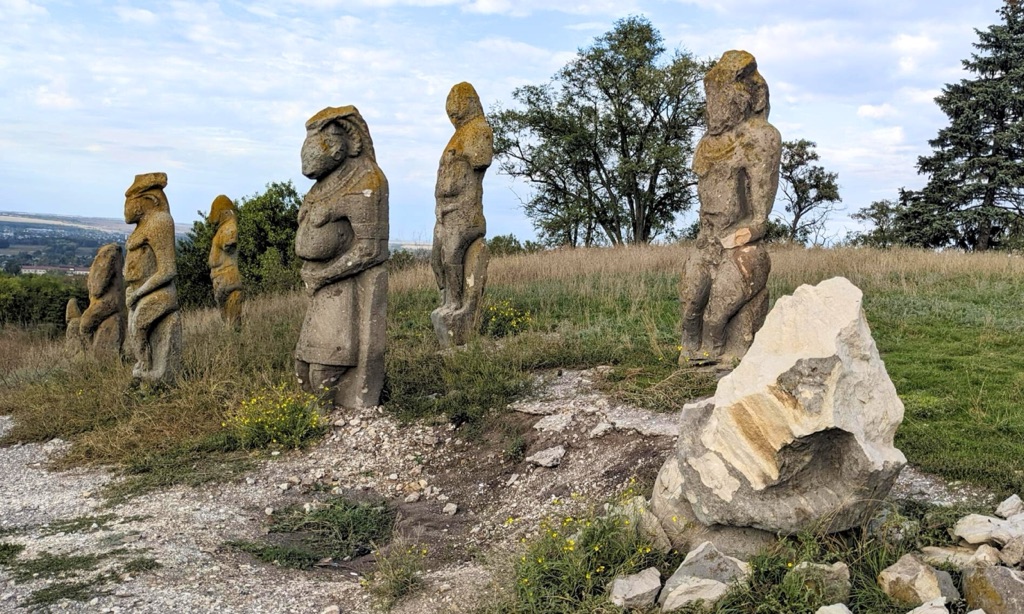
Conclusion and Sources
In conclusion, the Polovtsian Babas provide an invaluable window into the past, offering tangible evidence of the Cumans’ existence and their vibrant culture. As stone guardians marking the Eurasian steppes, they evoke the mysteries and the forgotten lore of ancient nomadic life. By piecing together the puzzles left by these enigmatic figures, historians, archaeologists, and researchers continue to uncover the layers of meaning they hold. The Babas are not only significant for their cultural and historical value but also as reminders of the endurance of human expression across time. As preservation and study go on, the legacy of the Polovtsian people remains alive, etched in stone and memory.
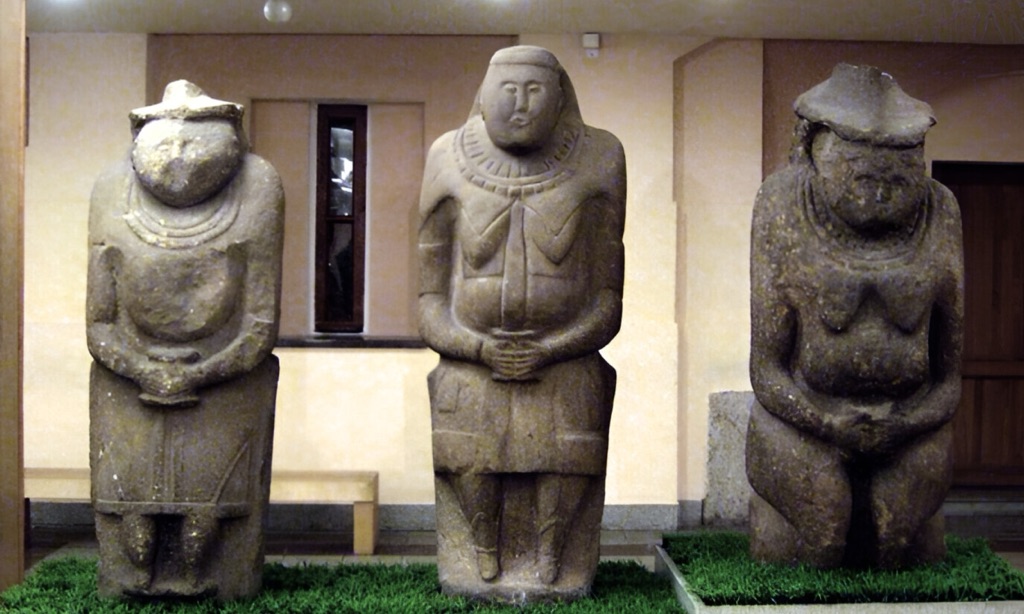
For further reading and to validate the information presented in this article, the following sources are recommended:
Or you can check any of these reputable archaeological and historical texts:
Ashcroft, L. (2016). ‘The enigma of the Eurasian steppes: The Polovtsian statues of eastern Ukraine’, Archaeology International, 19, pp. 82–91. DOI: 10.5334/ai.1912.
Boroffka, N., and Haß, C. (2012). ‘The Kurgan stelae from Scythian Neapolis’, Journal of Eurasian Archaeology, 3(6), pp. 111-128.
Kravchenko, M. (2020). ‘Guardians of the Grasslands: The Cultural Significance of Polovtsian Stone Statues’, Eurasian Heritage Journal, 8(2), pp. 67-80.
Mizoguchi, K. (2013). ‘An Archaeology of the Polovtsian Babas in Eastern Europe’, The Cambridge Journal of Archaeology, 23(3), pp. 45-64. DOI: 10.1017/S0959774313000238.
Sullivan, N. S. (2018). ‘Monuments and megafauna: Deep history and the Polovtsian Baba phenomenon’, Deep History Review, 5(2), pp. 134-156.
